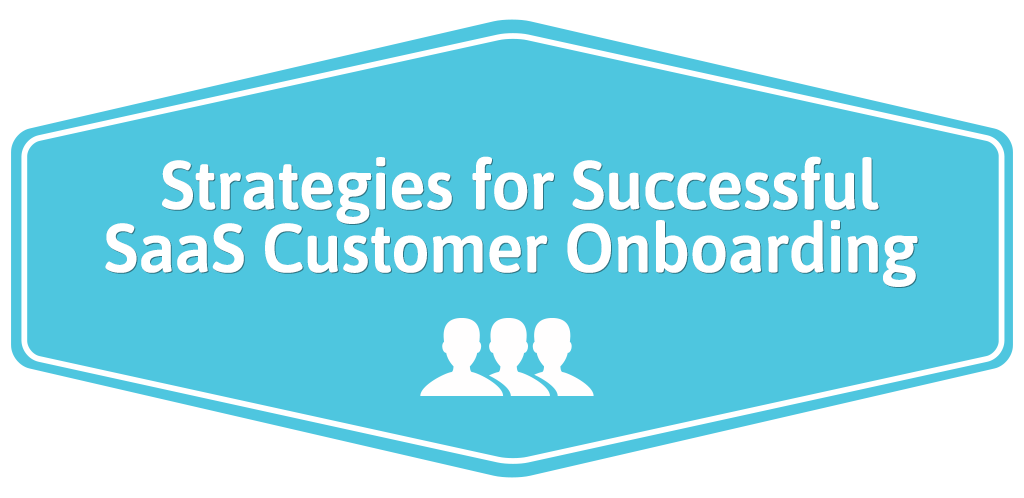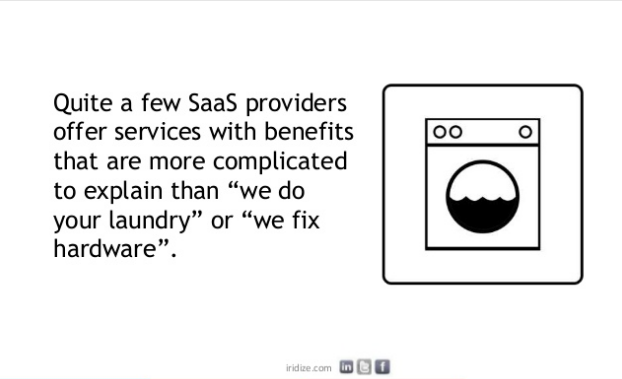
In the SaaS business, engaging early with your customers is mission-critical for delivering the best possible experiences and smoothing their way to stay onboard with you.
As Lincoln Murphy often says; “the seeds of churn are planted early.” This means that everything you do from the time the customer first makes contact with you is weighting the scale either one way or the other — to stay? Or to go?
Generally speaking, your customers are looking for a good solution to their problem and preferably, they want that solution to be as simple as possible. For every hurdle you have, you will lose at least someone who decides that it’s not worth the hassle.
For this reason, it’s important to look at strategies for smoothing out the onboarding process and ensuring customers are enthusiastic about staying with you. Anyone who feels their experience was “meh” is probably one click away from cancelling.
SaaS need to take a serious look at every touchpoint their prospects and clients have, starting with that first contact…
First Impressions
Did you know that people judge a website in just fifty milliseconds from arriving on it? Yep, that’s how much time you have to create a first impression!
While UX and UI considerations come into the picture, most SaaS now seem to be doing fairly well with the idea of clean, simple website design. (If not, it’s time for yours to sort that out!).
One area for which many SaaS are not doing so great is in explaining well upfront what they are about and who they are for. If you can’t explain to me early on in concise language what it is you do, while I might be curious enough to continue, find out more and sign up for a trial, the impression I already have is that you’re perhaps a bit complicated or a bit tenuous over your concept. You don’t want the overall view of your customer to be colored by that kind of impression.
That is not to say that you should try to cram everything into one sentence for the sake of brevity. Many SaaS are much more complicated than that when it comes to explaining what they are about, so why not use a few bullet points instead? Focus on the pain points that you solve first, go into detail later.

Source: Iridize
Setting the Right Expectations
This is another thing which is critical to get right in those early stages. No one likes to enter into a SaaS product thinking it’s the answer to their problems, only to find that it doesn’t quite look like the impression that was given.
Benjamin Brandall discussed this in a post for Process St as the “disconnect between product and packaging.” This is where the marketing material isn’t a true reflection of the in-app experience, another reason why SaaS might experience churn in the early stages after sign up. How annoyed would you be if you had an experience like the image below?

Source: Process St
The lesson is that setting your SaaS (and your customers) up for success begins with ensuring you are creating the right first impressions. Don’t let customers be fooled by unrealistic, glossy packaging and make sure your copy is clear about what you do and who you do it for.
The Sign-Up Process
This is the logical next-step in customer onboarding; they’ve checked out your website, perhaps some of the content you’ve produced, and they’ve decided to go ahead and sign up for your free trial.
How much friction is involved in your sign-up process?
Brandon Hickie discusses the counter-arguments for gathering more versus less information on sign-up in a post for Open View. The ultimate answer on how much information to ask for relies on how well you know your customers.
Yes, in the eyes of the SaaS more information is better because it allows you to segment and to personalize your messaging, but what sort of customer are you after? Many customers will prefer to test you out and develop a relationship first, before handing over more information about themselves. Though on the other hand, you might be of the view that those who are not willing to take a couple of minutes to fill out a form do not fit into your ideal customer mould.
Of course, you could take the stance of slowly collecting more information over time, but the ultimate lesson here is to understand your target customers very well and create a sign-up process accordingly. If you go for higher friction and your customers tend to be very busy types, you’ve probably created a tiresome impression already.
Welcome Emails
Ok, the customer has reached the next step; that point which happens immediately after they’ve gone ahead and signed up. For most SaaS, this next touchpoint is a welcome email (or series of emails).
Lincoln Murphy wrote an informative article on customer onboarding emails where he makes great points; apart from following known email best practices, any SaaS onboarding emails should lead the customer directly to the actions they need to take in order to achieve success or value from your SaaS.
You want your messaging to be crystal clear. That first email should point customers to the first logical activity on the list to complete. There should be a goal for each email you send and a map of the journey which the new customer needs to take. Guide them across that journey through logical sequence in your emails.
Using a single, clear call to action in your emails is also good practice. If you’re inviting them to download your iPhone app, connect with you on Facebook or anything else besides the key in-app action you want them to take, the chances are most will either be confused and do nothing or pick one thing, whether it’s the critical action or not.
High or Low Touch?
The aim of every SaaS is to wow customers, solve a significant problem for them and have them onboard as loyal customers. While this seems simple in theory, in practice there are a number of considerations to bring people to that point.
You can’t just leave the rest of your onboarding process to a few emails and hope for the best; as pointed out by Nate Munger for Salesforce, this would be failing to take into account that your customers represent multiple learning styles.
So cater to different learning styles, but will you go for low or high touch?
Low Touch
When your target customer base is large, it’s simply not possible to personally reach out to all of them, or even a large percentage. So, what happens when your product introduces new ways of doing things which will be a learning curve for users?
Microsoft was a master of low touch onboarding, particularly as demonstrated by their introduction of games to get people used to using a mouse and the mechanisms for how Windows would work. Solitaire and Minesweeper may have caused hours of time-wasting, but they sure were a good way to engage people and have them quickly pick up the skills needed.
Slack provides a great example of today’s low-touch onboarding process. Slackbot helps to guide people through essential tasks and will even chat back when users type in questions.
High Touch
High touch (or as it is often referred to; “concierge onboarding”), looks more closely at each individual customer and treats them according to their specific needs. This might involve measures such as using customer success coaches who personally reach out to clients and make sure they help them to see value from the app.
This type of onboarding is more commonly used in SaaS which have produced a product that is not easily explained and is perhaps of a more high-end or enterprise variety. Where the company is laying out bigger dollars to have the software, it is often an expectation that they will receive more of a concierge service.
The key goal of both low or high touch methods is that the customer understands the product very well and can see how to get value from it. Whichever you choose, you need to clearly be helping the customer solve a problem which brings them to success and making the achievement of that success as easy as possible for them.
Final Thoughts
Successful customer onboarding for your SaaS needs to happen with a good plan behind it, starting with those early touchpoints the customer has with your SaaS.
Be clear and set up the right expectations with customers for their in-app experience, then reinforce that by providing them with the steps they need to take to see value.
Overall, know your target customer very well and understand what an appropriate onboarding process is going to look like to them.

